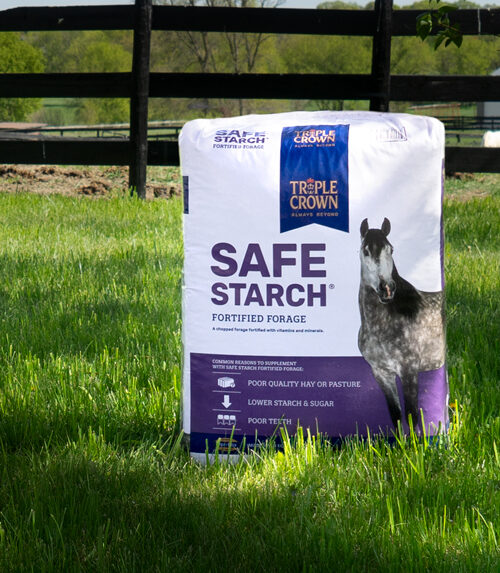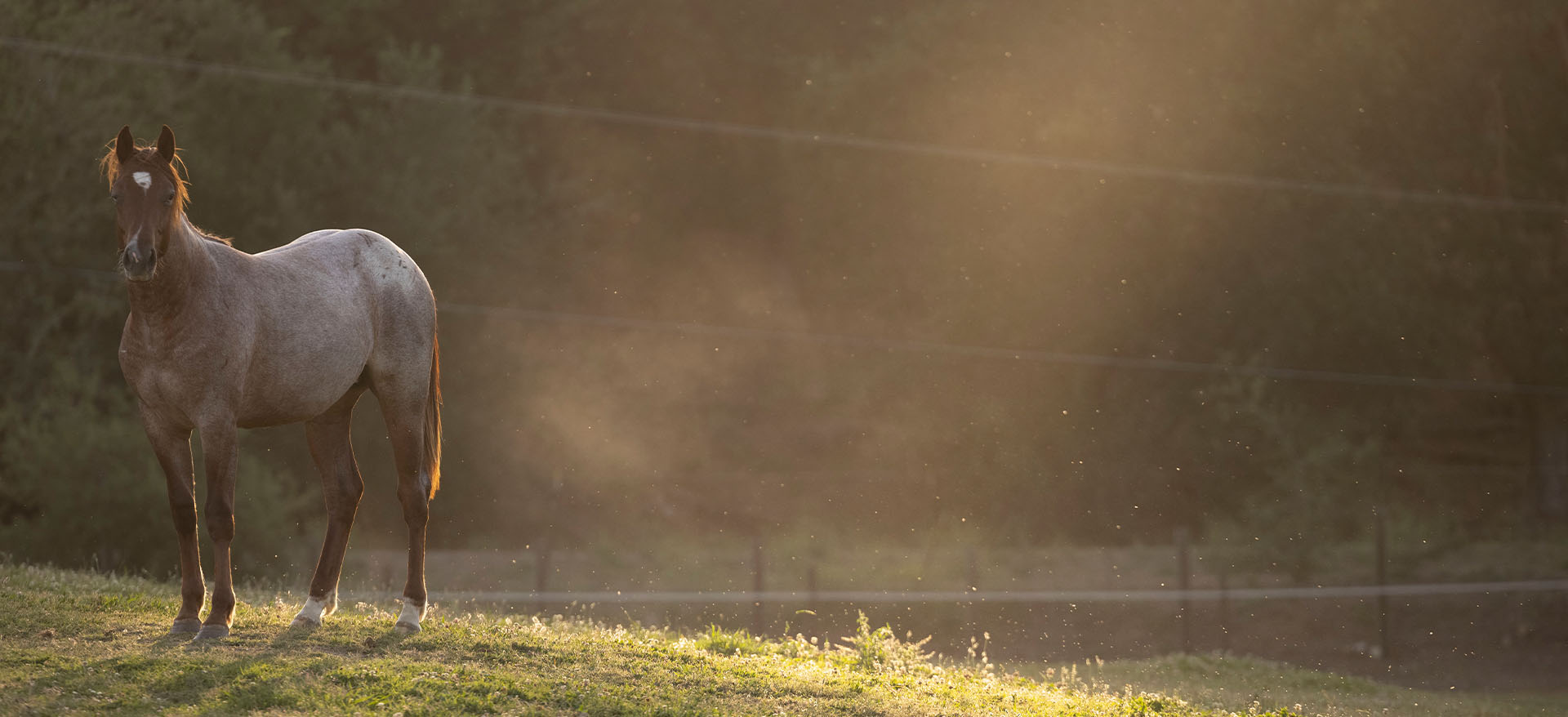Feeding a horse with PPID (Cushing's Disease)
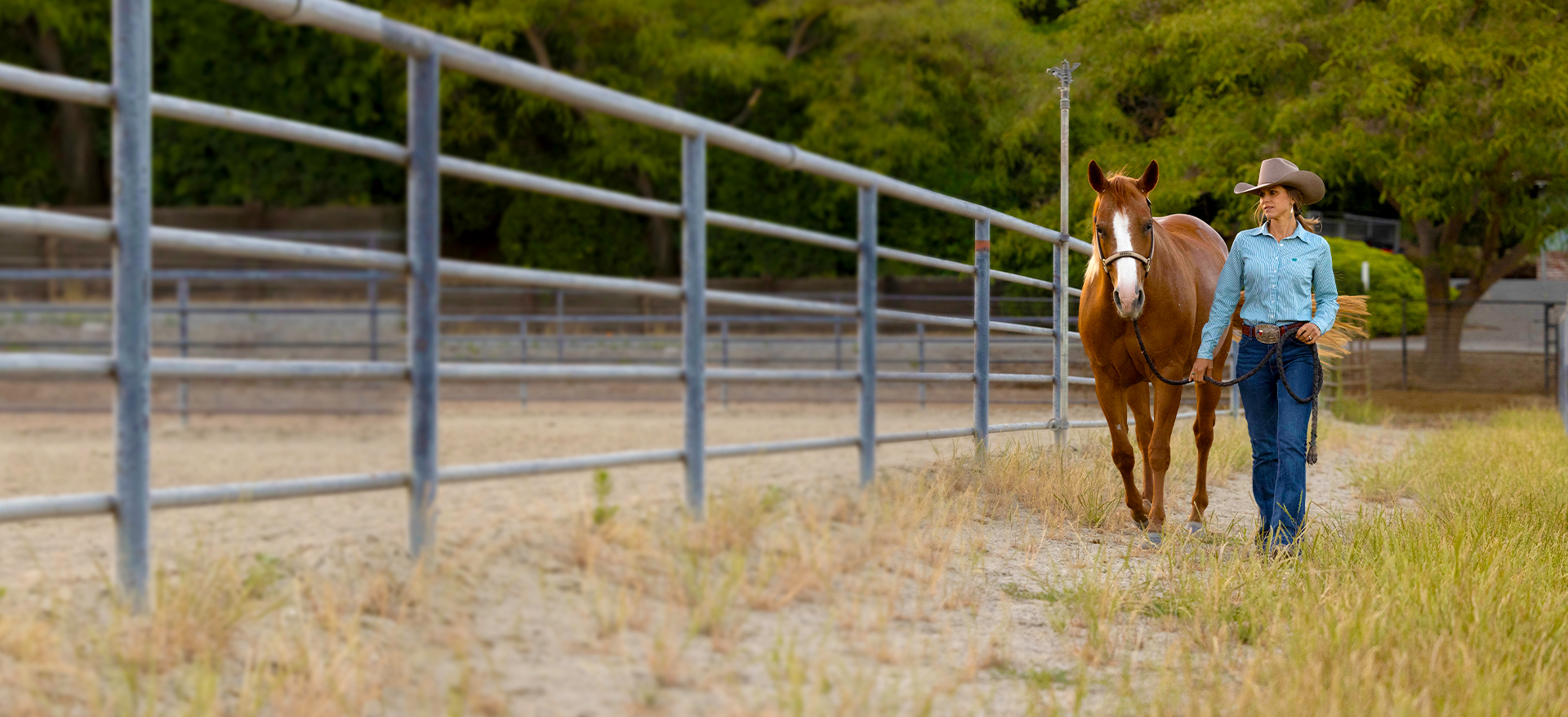
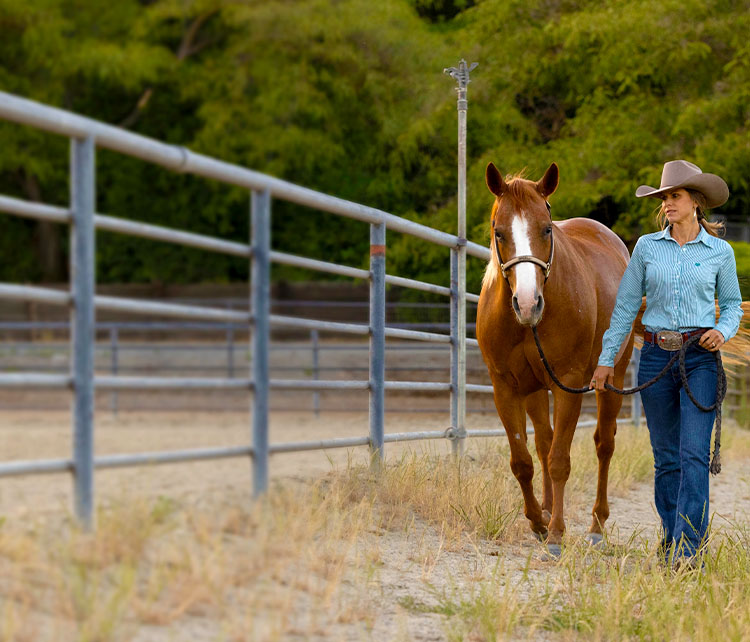
The challenge
Feeding a horse with Pituitary Pars Intermedia Dysfunction (PPID) or Cushing’s Disease — also known as Equine Pars Intermedia Dysfunction — can be a challenge. Often, horses with PPID have additional issues to address such as advanced age, poor body condition, and problems resulting from compromised immune systems. They also have an increased risk of developing catastrophic laminitis, so effectively managing and optimizing their care is critical. Managing their overall feeding program can get complicated. Changes to their diet may be necessary to ensure they are getting the right nutrition and help with symptom management.
Understanding the causes
Pituitary Pars Intermedia Dysfunction (PPID) is caused by a tumor or enlargement of the pituitary gland resulting in an inability to control hormones produced by the pituitary gland. Horses with a history of obesity, metabolic issues, and changes in insulin resistance have a higher chance of developing PPID. Additionally, stress from diet and environment can cause hormone imbalances that can lead to PPID. PPID is a non-reversible disease and will progress if not properly managed.
Recognizing the symptoms
Horses with PPID may show clinical signs or symptoms that include a long shaggy coat outside of winter, a potbelly and/or fat pouches, or experience laminitis. Other symptoms include, but are not limited to, excessive sweating, increased water consumption, excessive urination, lethargy, poor athletic performance, infertility, muscle wasting, delayed wound healing and increased susceptibility to infections. Middle-aged and older horses are more likely to suffer from these symptoms.
One of the most significant steps you can take to help your PPID horse is to develop a feeding program that meets their nutritional needs. When caught early, providing preventative care, adjusting nutritional choices, and offering appropriate exercise can all help to ensure your horse has a comfortable life. Your veterinarian may also recommend medication as part of your horse’s treatment plan.
Key steps to help
Your PPID horse
1. Start with your veterinarian
The first step you should take if you suspect your horse is at risk for, or suffering from a metabolic disease like PPID, is to meet with your veterinarian. There is a wide variety of metabolic diseases, each requiring slightly different treatment and management. Ask your veterinarian to assess your horse for these diseases and get a proper diagnosis — then you can begin to adjust their feeding program accordingly.
2. Optimize their nutrition
Provide your horse a diet fortified with vitamins, minerals and high levels of antioxidants. These micronutrients are crucial to your horse’s overall well-being because they aid in digestion, nutrient absorption and support their immune system. Be mindful of your horse’s caloric intake, specifically sugar and starch levels — or NSC levels, when creating a balanced feeding program.
3. Lower their sugar and starch (NSC) intake
Horses suffering from PPID can benefit from a diet lower in starches and sugars. Horses with PPID may be prone to insulin resistance and high blood sugar. It is recommended to keep their starch and sugar intake levels below 20% NSC, and in extreme cases as low as 10%.
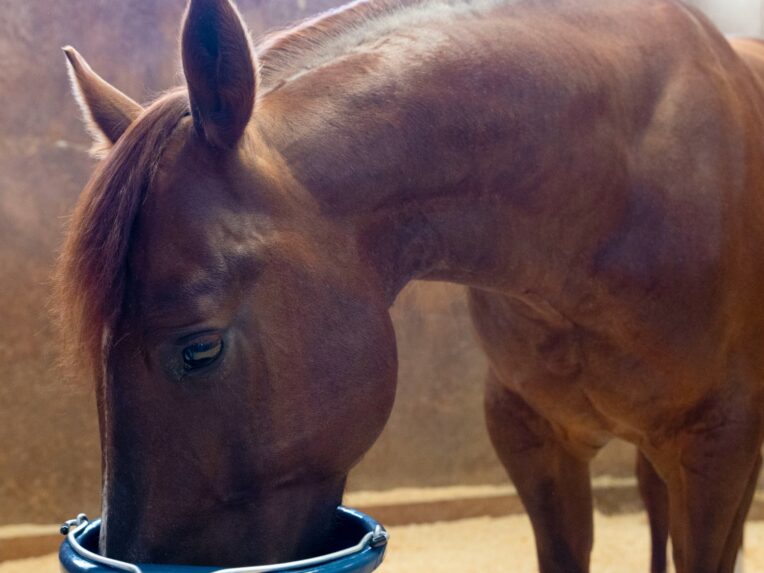
Balancer
- 11.1% NSC
- For overweight horses and easy keepers
- Heavily fortified so you can feed as few as 1-1.5lbs per day
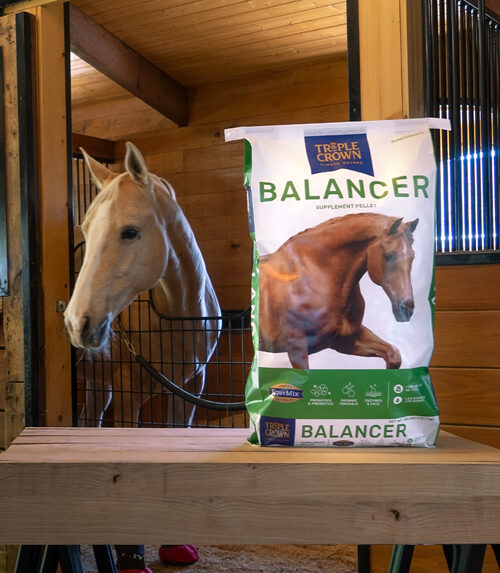
Lite
- 10.1% NSC
- For overweight horses and easy keepers
- Heavily fortified so you can feed as few as 2lbs per day
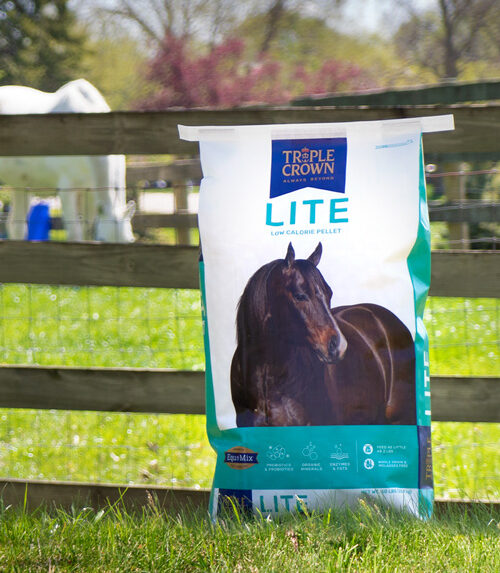
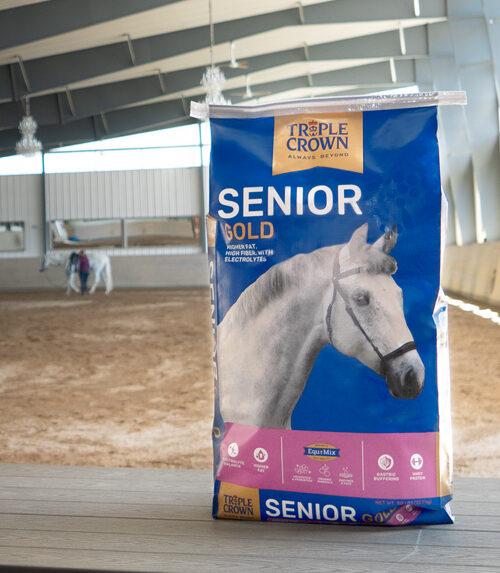
Safe starch® fortified forage
- 10% NSC
- Replacement for higher sugar and starch pasture grass
- Fortified chopped forage that can be fed as the sole diet
